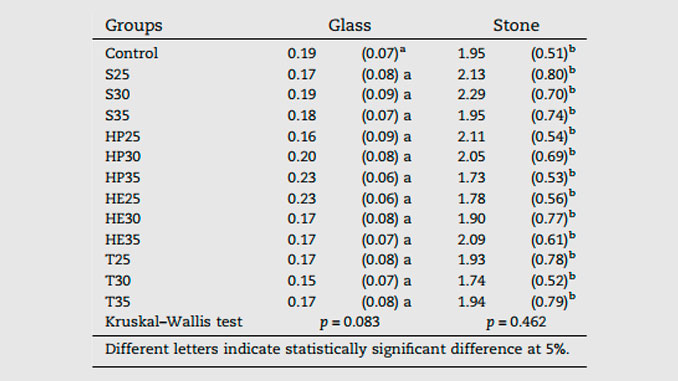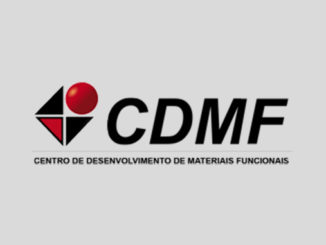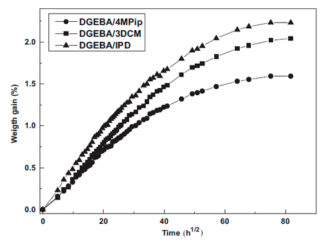
Writers: Andréa A. Lazarin, Ana L. Machado, Camila A. Zamperini, Amanda F. Wady, Denise M. P. Spolidorio, Carlos E. Vergani
Keywords: Adhesion; Candida albicans; Hydrophilic; Prosthesis; Surface modification
Abstract: Objective: This study investigated the effect of experimental photopolymerized coatings, containing zwitterionic or hydrophilic monomers, on the hydrophobicity of a denture base acrylic resin and on Candida albicans adhesion. Methods: Acrylic specimens were prepared with rough and smooth surfaces and were either left untreated (control) or coated with one of the following experimental coatings: 2- hydroxyethyl methacrylate (HE); 3-hydroxypropyl methacrylate (HP); and 2-trimethylammonium ethyl methacrylate chloride (T); and sulfobetaine methacrylate (S). The concentrations of these constituent monomers were 25%, 30% or 35%. Half of the specimens in each group (control and experimentals) were coated with saliva and the other half remained uncoated. The surface free energy of all specimens was measured, regardless of the experimental condition. C. albicans adhesion was evaluated for all specimens, both saliva conditioned and unconditioned. The adhesion test was performed by incubating specimens in C. albicans suspensions (1 107 cell/mL) at 37 8C for 90 min. The number of adhered yeasts were evaluated by XTT (2,3-bis[2-methoxy-4-nitro-5-sulfophenyl]-5-[{phenylamino}carbonyl]-2H-tetrazolium-hydroxide) method. Results: For rough surfaces, coatings S (30 or 35%) and HP (30%) resulted in lower absorbance values compared to control. These coatings exhibited more hydrophilic surfaces than the control group. Roughness increased the adhesion only in the control group, and saliva did not influence the adhesion. The photoelectron spectroscopy analysis (XPS) confirmed the chemical changes of the experimental specimens, particularly for HP and S coatings. Conclusions: S and HP coatings reduced significantly the adhesion of C. albicans to the acrylic resin and could be considered as a potential preventive treatment for denture stomatitis
DOI: 10.1016/j.archoralbio.2012.10.005




